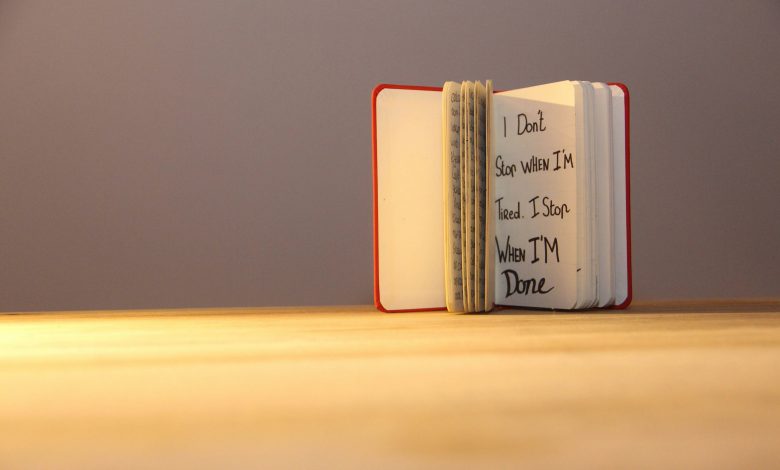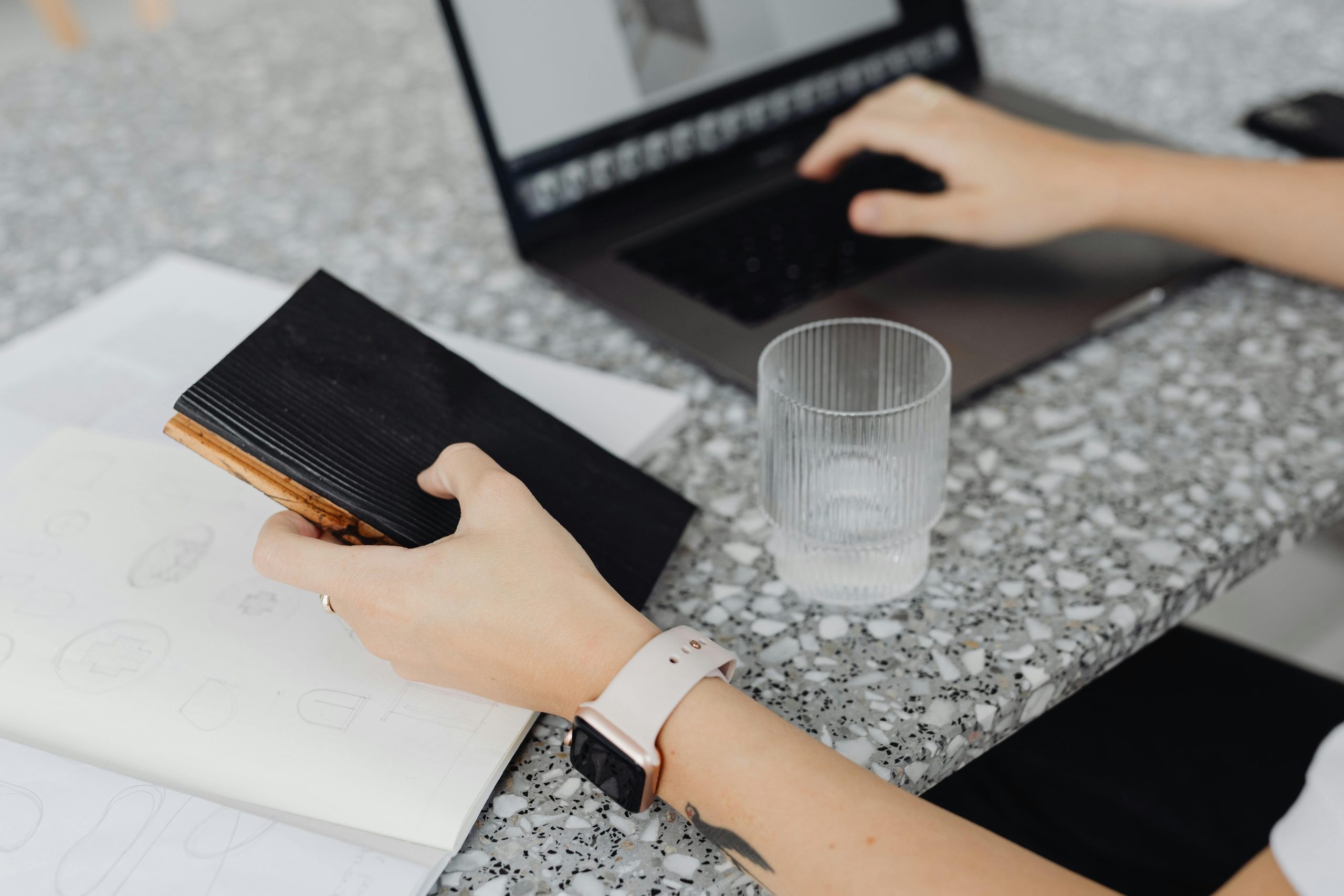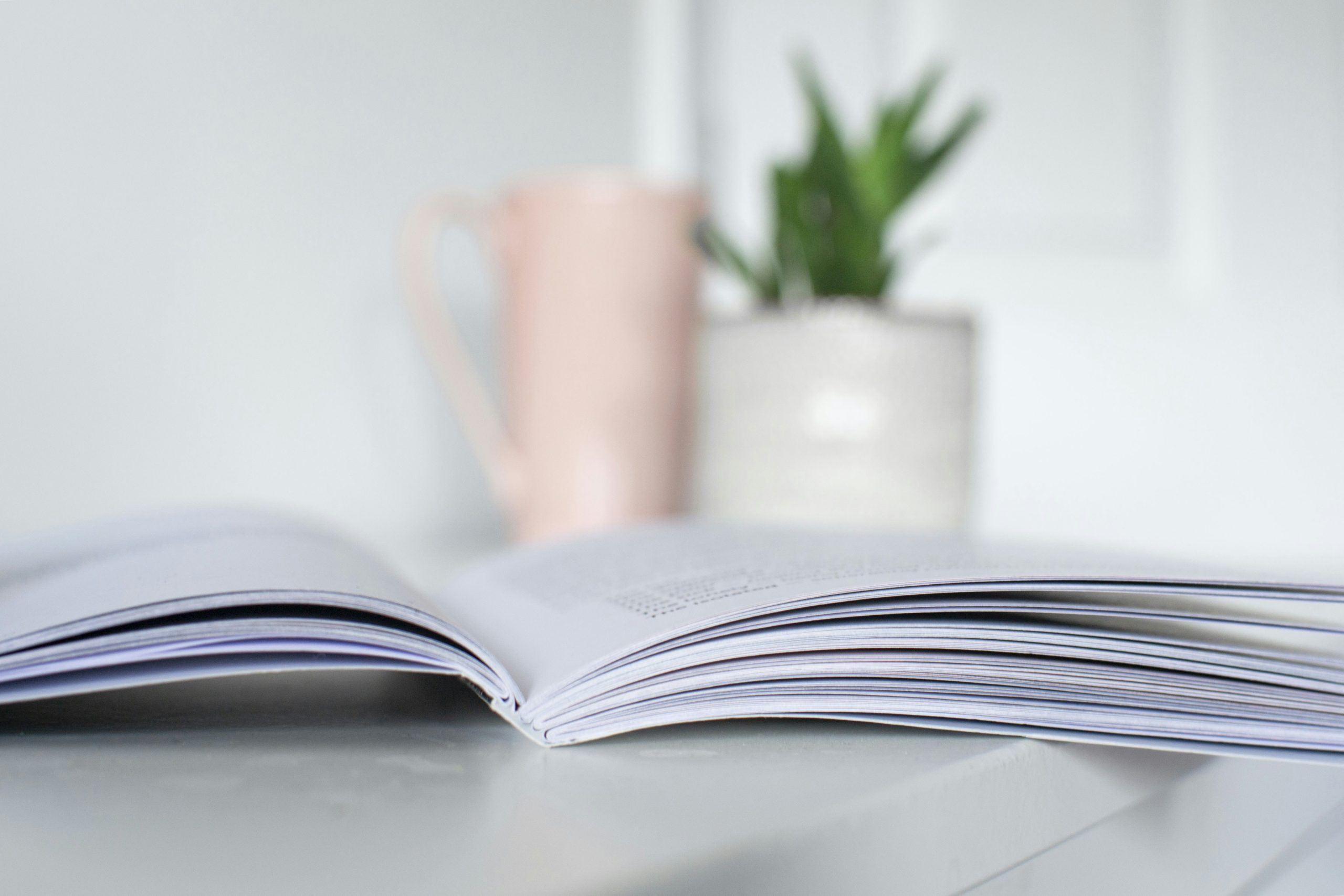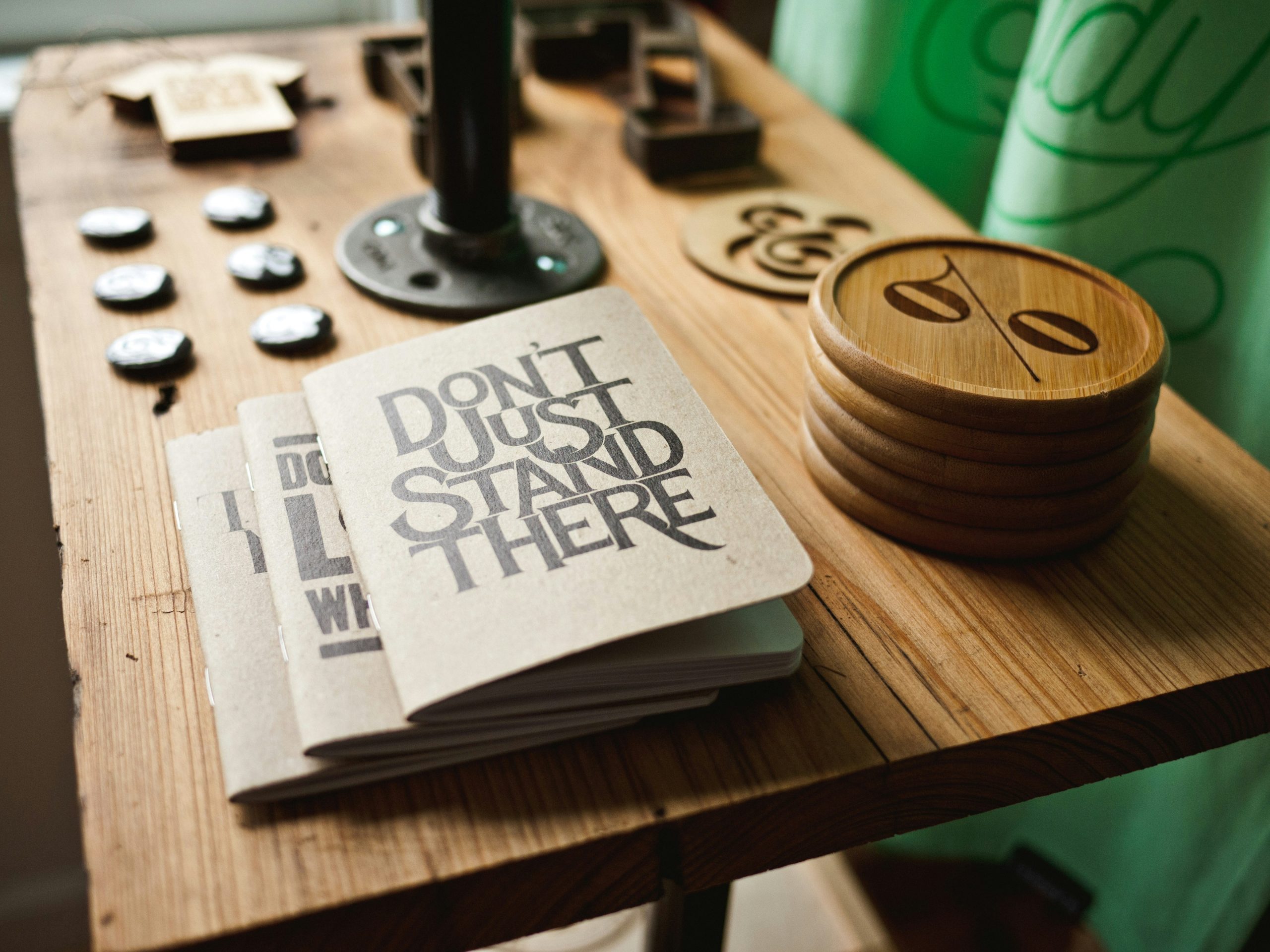How to make a paper booklet?

In a digital age dominated by screens and fleeting notifications, the humble paper booklet stands as a charming testament to the art of tangible creativity. Imagine flipping through the crisp pages of your very own creation, each turn revealing snippets of inspiration, stories, or cherished memories. Crafting a paper booklet is more than just a DIY project; it’s an invitation to slow down and engage with your thoughts in a physical format that evokes nostalgia and joy.
Whether you’re looking to create a personalized journal, an informative zine, or a delightful gift for someone special, making your own booklet can be both fun and fulfilling. With just some simple materials and basic techniques at your fingertips, you can transform sheets of paper into a beautiful narrative vessel that reflects your unique style. So grab those supplies and let’s dive into the rewarding world of booklet-making—where creativity knows no bounds!
What is a Paper Booklet?
A paper booklet is more than just a collection of folded and stapled pages; it encapsulates creativity, organization, and communication. These small printed materials serve various purposes, ranging from educational resources to marketing tools, easily capturing attention without overwhelming the audience. The tactile nature of a paper booklet fosters a deeper connection with readers compared to digital formats, as they can physically hold it in their hands, flip through its contents at their own pace, and even annotate key sections.
In an age dominated by screens, the resurgence of interest in paper booklets reveals our innate longing for tangible experiences. They evoke nostalgia and simplicity while offering an excellent way to present information succinctly and engagingly. Whether used for company brochures, event programs, or DIY projects like journals or zines, the beauty of booklets lies in their adaptability—they invite personal touches that reflect your style. Ultimately, crafting a paper booklet is not just about printing on sheets; it’s about creating a unique experience that resonates with anyone fortunate enough to encounter it.

Choosing the Right Paper Size
When embarking on the creation of a paper booklet, selecting the right paper size is pivotal in ensuring your project’s success. While A4 and letter sizes are common choices, exploring less conventional formats like A5 or square can add a unique flair to your booklet. These alternative sizes not only influence aesthetics but also affect how readers interact with your content—smaller pages can create an inviting atmosphere, encouraging readers to engage closely with each page.
Furthermore, consider the purpose of your booklet when choosing its dimensions. If it’s intended as a travel guide or an event program, a compact size that easily fits into bags or pockets might serve better than larger sheets that could be unwieldy. Likewise, custom sizes tailored to match visual and tactile preferences can enhance user experience, making information more digestible while leaving a lasting impression. Ultimately, the right paper size marries functionality with design elegance—so take time to experiment and discover which format best captures the essence of what you wish to convey!
Folding Techniques for Perfect Pages
When it comes to crafting the ideal paper booklet, mastering folding techniques is essential for achieving crisp, clean pages that enhance both functionality and aesthetics. One effective method is the hot dog fold, where you fold the paper lengthwise and then open it back up; this creates a center crease that acts as a guide for subsequent folds, ensuring uniformity throughout. To take your booklet’s elegance a step further, consider incorporating subtle adjustments like the accordion fold, which not only allows for expanding sections but also adds a dynamic visual element that captivates readers.
The precision of your creases can significantly influence how pages lie flat and interact with each other. For added flair, use bone folders or even simple tools like credit cards to achieve sharp folds without damaging the paper’s fibers. Experimenting with different types of paper – glossy finishes for photography booklets or textured cardstock for artistic zines – can drastically change how your folds look and feel. Ultimately, these techniques don’t just serve functionally; they create an experience for your readers, inviting them to explore each page with anticipation and delight.

Binding Methods: Stapling vs. Sewing
When it comes to binding methods for creating a paper booklet, stapling and sewing each offer distinct advantages that cater to different needs. Stapling is both quick and economical, making it the go-to choice for those on tight deadlines or budgets. A simple staple can hold several folded pages together neatly, allowing for easy assembly without additional tools or materials. This method shines in environments like schools or offices where practicality trumps aesthetics.
Conversely, sewing provides an elevated sense of craftsmanship and longevity that stapling simply cannot match. Hand-sewn booklets exude a tactile quality that invites readers to engage with them more intimately; there’s something charming about the visible stitches running along the spine. Sewing allows for a wider array of design options—from decorative threads to intricate patterns—and can accommodate thicker volumes as well. For creators looking to present their work with an artisanal flair, sewing transforms your booklet into a keepsake rather than just another printed piece. Ultimately, the choice between stapling and sewing hinges on your priorities: speed versus artistry, simplicity versus durability—what will you choose?
Designing Your Booklet Layout Effectively
When designing your booklet layout, it’s essential to think beyond mere aesthetics; the flow of information is key to engaging your reader. Embrace a grid system that aligns text and images harmoniously, creating a visual rhythm that guides the reader’s eye naturally from one section to another. Experiment with white space judiciously, as it can enhance readability and give your content room to breathe—consider it an integral part of the design rather than just empty space.
Moreover, typography plays a crucial role in setting the tone and mood of your booklet. Choose fonts that echo your brand’s personality while ensuring they remain legible across different formats, especially if you’re including small details or fine print. Utilizing contrasting colors for headings and body text can create visual hierarchy, highlighting essential information without overwhelming the audience. Incorporating modular designs with distinct sections invites readers to engage without losing track—a vital strategy for maintaining interest throughout your booklet journey.

Adding Illustrations and Graphics
Incorporating illustrations and graphics into your paper booklet elevates its visual appeal, making it not just a collection of words but a rich storytelling tool. Consider using hand-drawn images, infographics, or thematic symbols that resonate with your message. These elements can break up text-heavy pages, providing an engaging rhythm that guides the reader’s eye and creates an interactive experience. Custom graphics can also serve to reinforce key points, turning abstract concepts into tangible visuals that leave a lasting impression.
Moreover, color choices play a pivotal role in the overall aesthetic of your booklet. A well-thought-out color palette enhances coherence and sets an emotional tone—use warm tones for inviting themes or cool hues for calming narratives. Pay attention to how illustrations align with not only the content but also the layout; harmonious integration will ensure each graphic works as part of a cohesive design rather than standing alone. By thoughtfully crafting this visual language throughout your booklet, you invite readers to step into your world with curiosity and excitement.
Conclusion
In conclusion, making a paper booklet transcends the mere act of folding and binding; it is an invitation to express creativity and share ideas in a tangible format. Each booklet represents a unique story, whether it’s crafted for personal reflection, educational purposes, or as a gift for someone special. Consider this process not just as DIY art but as an opportunity to connect with your audience on a deeper level through thoughtfully curated content.
Moreover, the tactile experience of flipping through pages can evoke emotions that digital formats often overlook—there’s something inherently satisfying about holding a handcrafted object. As you embark on future projects, think about how you might integrate elements like illustrations or original writings to elevate your work beyond expectations. Ultimately, your paper booklet is more than its physical components; it’s an embodiment of passion and intention that resonates long after it’s finished. Embrace this creative journey boldly!



